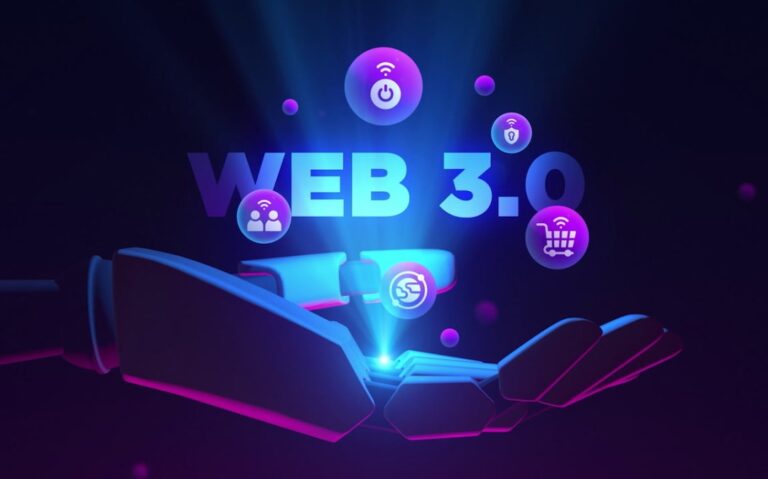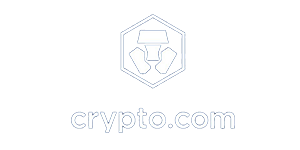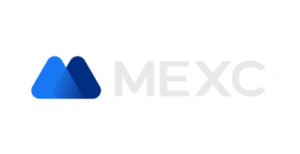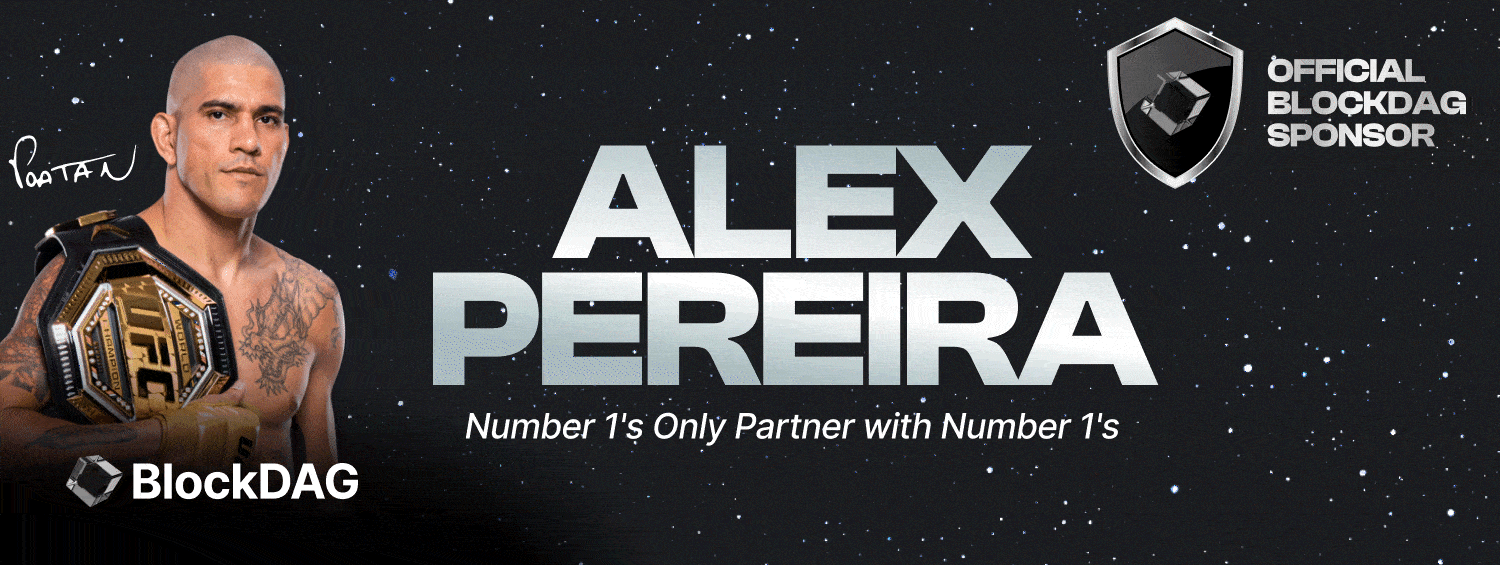TL;DR
- No-code tools empower individuals to build decentralized applications without coding abilities
- No-code tools simplify complex Web3 processes, making blockchain more accessible to all
- There are various limitations associated with no-code tools, such as data security and limited functionality.
What Are No-code Tools?
No-code tools empower individuals to build applications, websites, or automate processes without needing to write code. They largely leverage a visual development environment, enabling users to design interfaces and workflows by dragging and dropping elements.
No-code tools in the crypto space allow people without technical coding skills to interact with, build on, and leverage blockchain technologies. These platforms provide ready-to-use interfaces and workflows, enabling users to perform functions that usually require complex coding, such as creating smart contracts, building a decentralized application (DApp), initiating DeFi (decentralized finance) transactions, and more.
For instance, a no-code platform might let a user set up a smart contract on the Ethereum network by filling in specifics about a transaction, such as parties involved and conditions for the transaction, without any coding. Similarly, it could enable users to create DApps, crypto trading bots, or yield farming operations by simply selecting options and defining conditions.
No-code Tool Use Cases in Web3
No-code tools in Web3 are enabling a wide range of applications, making the decentralized web more accessible to users with non-technical backgrounds. Here are some use cases:
1. Decentralized applications (DApps)
No-code platforms enable people without technical skills to create DApps that run on blockchain technology. Users can easily build games, marketplaces, social networks, and more with no coding.
2. Smart contracts
Users can funnel simple or complex operations through smart contracts on blockchain platforms like Ethereum and BNB Smart Chain (BSC). No-code tools simplify the process, allowing users to define terms and conditions without coding.
3. Decentralized finance (DeFi)
No-code platforms can help implement DeFi functionalities, allowing users to create their own yield farming strategies, launch liquidity mining schemes, or even prototype a whole DeFi protocol.
What Are the Benefits of No-code Tools?
Let’s look into some of the distinct benefits no-code tools offer within the crypto landscape:
1. Accessible
No-code tools break down barriers to software development, making technology creation accessible to individuals regardless of their coding skills. They democratize application development, empowering anyone to become a creator.
2. Efficient
The drag-and-drop function of no-code interfaces accelerates the design and development process. No-code tools eliminate the need for long coding hours, potentially improving development speed and productivity.
3. Cost reduction
By reducing reliance on specialized programmers, companies can cut down on development expenses. Furthermore, the quick turnaround time of building and updating apps using no-code tools requires less resource usage.
4. User friendly
No-code platforms allow for quick edits and updates, accommodating business changes swiftly. They offer an unmatched level of agility compared to traditional programming, enabling businesses to evolve and innovate faster.
What Are the Limitations of No-code Tools
Let’s look into some of the distinct limitations associated with no-code tools:
1. Limited customization
While no-code tools offer a wide range of functionality, they may not meet very specific or complex requirements due to their framework limitations. For high-level customization, traditional coding often remains the best option.
2. Data security concerns
Due to a more accessible development environment, there can be potential security threats or data breaches if privacy standards are not strictly adhered to or if the tool doesn’t inherently enforce strong security measures.
3. Dependence on vendor
Using a no-code platform invariably ties businesses to the chosen vendor. Any issues with the platform, updates, pricing changes, or even company fold-ups can significantly impact the use and sustainability of the developed application.
4. Scalability issues
While no-code platforms can efficiently handle small to medium-sized applications, they might face challenges with projects demanding high computational power or handling the complexities of massive data sets.
Closing Thoughts
In the realm of Web3, no-code tools have become key drivers of innovation by opening up opportunities for broader participation. These tools enhance accessibility, enabling individuals and organizations to quickly and efficiently deploy blockchain-based solutions, in turn helping us all realize the full potential of decentralized technology.
However, these attributes should not overshadow the constraints that come with no-code solutions. The limitations, ranging from customization constraints to data security concerns, are essential to be considered in relation to traditional coding.
In the end, while no-code tools bring blockchain’s power closer to a broader populace, deploying them should coincide with a careful evaluation of their potential risks and limitations. Their use, thus, should be part of a diversified approach to blockchain development, blended with traditional coding for complex requirements.


























